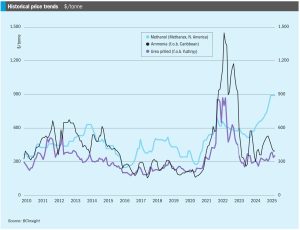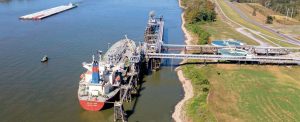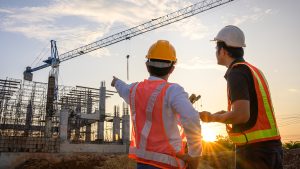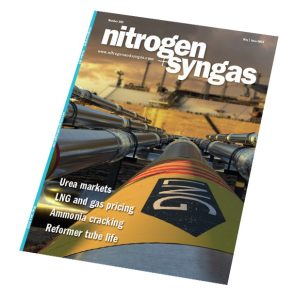
Press Release: NextChem (Maire) awarded c€210 million contract...
NextChem (Maire) awarded contract for basic engineering and supply of critical proprietary equipment for the 'Pacifico Mexinol' ultra-low methanol project in Mexico

NextChem (Maire) awarded contract for basic engineering and supply of critical proprietary equipment for the 'Pacifico Mexinol' ultra-low methanol project in Mexico

It is with great sadness that we report the death of Dr. Umberto Zardi, who passed away on March 17th 2025 at his home in Breganzona, Lugano, Switzerland. Dr Zardi was an innovator in the nitrogen industry and for many years the president and driving force behind Ammonia Casale, now simply Casale SA, becoming responsible for its revival and transformation into the global engineering and technology giant that it is today.

• Continuing oversupply means that ammonia prices should continue to come under pressure moving into 2H April, though it remains to be seen just how much further values in Asia can decline before producers begin to shutter output.

Methanol demand is rising again after a few years of relative stagnation, but with the Chinese MTO boom largely over, it looks to be energy uses which will drive most future demand.

NextChem subsidiary KT Tech has been awarded a licensing contract for the implementation of NextChem’s proprietary NX AdWinMethanol® Zero technology for Pacifico Mexinol, an ultra-low carbon methanol facility near Los Mochis, Sinaloa, on the Pacific coast of Mexico, which will have a planned output in excess of 2.1 million t/a. Transition Industries LLC, based in Houston, Texas, is developing Pacifico Mexinol with the International Finance Corporation (IFC), a member of the World Bank Group. When it initiates operation in 2028, Pacifico Mexinol is expected to be the largest single ultra-low carbon methanol facility in the world – producing approximately 350,000 t/a of green methanol and 1.8 million t/a of blue methanol annually from natural gas with carbon capture.The value of the licensing award is in the low tens of million euros, with the whole package estimated to be about e250 million, including basic engineering, proprietary and critical equipment supply, as well as assistance to commissioning, start-up and operation of the facility.

Clariant says that its MegaMax 900 methanol synthesis catalyst has been used in the successful startup of European Energy’s green methanol plant at Kasso, Denmark. The facility uses biogenic CO2 and green hydrogen to produce up to 42,000 t/a of green methanol. Clariant’s Applied Catalyst Technology (ACT) technical service team provided on-site support throughout the startup procedure, overseeing the catalyst loading, reduction, and startup. Clariant says that the catalyst is operating with excellent activity and stability despite the challenging conditions of CO2 -to-methanol conversion.

Wi th future demand for both low carbon methanol and ammonia depending to a considerable extent on their take-up as low carbon shipping fuels, recent developments in the EU and IMO may help accelerate that process, as detailed in CRU’s most recent Low Carbon Hydrogen and Ammonia Outlook.

Energy company Mabanaft and HIF Global have signed a heads of agreement for the offtake of e-methanol from, HIF’s planned e-Fuels facilities, reinforcing their commitment to advancing carbon-reducing fuels for the shipping industry. The initial offtake would be of up to 100,000 t/a of e-methanol produced from renewable electricity and captured CO2 per year. As HIF Global moves forward with the development of its e-Fuels facilities, Mabanaft says that it will further explore demand for different methanol applications jointly with its customers.

Tecnicas Reunidas and Siemens Energy have been awarded the contract to carry out front-end engineering design (FEED) for a major green methanol project in La Robla, Spain. The consortium will work on the project for Spanish developer Reolum, part of a partnership that says it is building the largest green methanol plant in Europe. The La Robla Nueva Energia facility will combine biogenic CO2 from a co-located biomass-based cogeneration plant with green hydrogen to produce 140,000 t/a of low carbon methanol. Tecnicas Reunidas will focus on the biogenic carbon capture and methanol production units, while Siemens Energy will handle the renewable hydrogen unit. Johnson Matthey has been selected to supply its eMERALD methanol technology, while Mitsubishi Heavy Industries will license it CO2 capture technology for the project.

Agreement between Mabanaft and HIF Global for planned offtake of e-methanol for the shipping industry